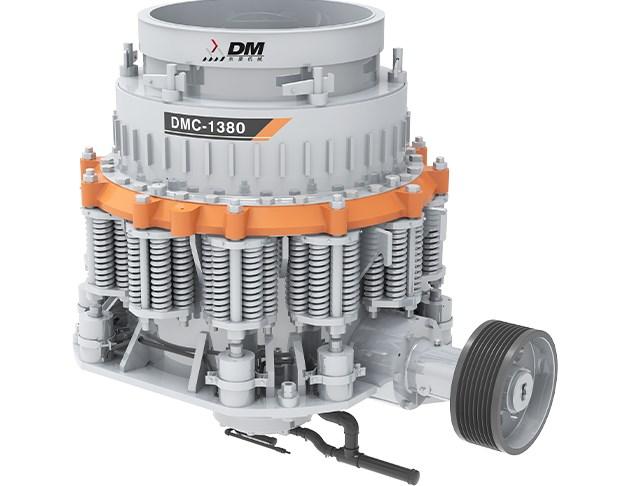In the quest for sustainable development within the mining sector, the energy efficiency of machinery has become a critical concern. The China Cone Crusher, a prominent player in the crushing and mining industry, is no exception. Its performance in terms of energy consumption is a key factor in determining its overall value and suitability for various applications. This article aims to provide a comprehensive analysis of the energy efficiency of the China Cone Crusher, exploring its design, operation, and the factors that influence its power consumption.
The China Cone Crusher is designed to provide high crushing efficiency with minimal energy input. Its innovative design incorporates a combination of advanced materials and engineering techniques that contribute to its energy-saving capabilities. The crusher's structure is optimized to reduce the amount of force required to crush materials, thereby reducing the energy needed to operate the machine.
One of the primary factors affecting the energy efficiency of the China Cone Crusher is its motor. High-quality, energy-efficient motors are used to drive the crusher, ensuring that the power consumption is minimized while maintaining high performance. The motor's efficiency is also influenced by the crusher's operating conditions, such as the feed rate and the hardness of the materials being crushed.
The operation of the China Cone Crusher involves a series of complex mechanical processes that require energy. The crusher's main components, including the crushing chamber, mantle, and concave, are designed to work in harmony to achieve efficient material reduction. The energy required for these processes is directly related to the crusher's design and the materials being processed.
The feed rate is another critical factor that influences the energy efficiency of the China Cone Crusher. A higher feed rate can lead to increased power consumption as the crusher has to work harder to process the materials. However, an optimal feed rate can be determined through careful analysis of the crusher's performance and the characteristics of the materials being processed.
The hardness of the materials being crushed also plays a significant role in the energy consumption of the China Cone Crusher. Harder materials require more energy to be crushed, which can lead to increased power consumption. The crusher's design is tailored to handle a wide range of materials, from soft to hard, ensuring that it remains energy-efficient across various applications.
Maintenance and proper operation of the China Cone Crusher are essential for ensuring its energy efficiency. Regular maintenance, including lubrication and inspection of the crusher's components, can help to reduce energy consumption by preventing wear and tear that can lead to increased power usage. Additionally, proper operation, such as avoiding overloading the crusher, can also contribute to its energy efficiency.
In conclusion, the energy efficiency of the China Cone Crusher is a multifaceted issue that is influenced by various factors, including its design, operation, and the materials being processed. By understanding these factors and implementing strategies to optimize the crusher's performance, it is possible to achieve high energy efficiency and contribute to the sustainability of mining operations. The China Cone Crusher's innovative design and focus on energy efficiency make it a valuable asset in the mining industry, providing a reliable and cost-effective solution for material reduction.


